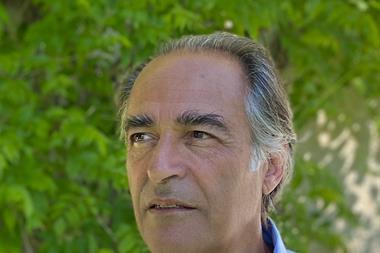Norway’s sovereign wealth fund posted a 10.9% return for 2020, and boasted its second-highest annual gain on investments this century in kroner terms, with a surge in technology stock prices helping drive its equity allocation beyond the permitted limit.
Presenting key figures from the annual results for the Government Pension Fund Global (GPFG) this morning at a virtual press conference, the fund’s manager Norges Bank Investment Management (NBIM) revealed a 12.1% return on equity investments, 7.5% for fixed income but a 0.1% loss for its third asset class – unlisted real estate.
Nicolai Tangen, NBIM chief executive officer, said in the results statement: “Technology companies had the highest return in 2020, with a return of 41.9%,” adding that this was largely because the pandemic caused a surge in demand for products for online working, education, trade and entertainment.
NBIM said its overall return for 2020 had beaten its benchmark by 27 basis points.
The Norwegian krone depreciated against several major currencies last year, NBIM said, adding that currency movements had contributed to an increase in the fund’s value of NOK58bn.
On the minus side, NOK298bn was withdrawn from the fund by the government during the year, it said.
Øystein Olsen, chair of the NBIM’s executive board and governor of Norges Bank, the central bank, said that despite the pandemic, the fund’s overall return in 2020 had been the second highest since 1998 measured in kroner, at NOK1.07trn.
“However, the high return also reminds us that the market value of the fund might vary a lot going forward,” he added.
At the end of December, the GPFG was worth NOK10.91trn, of which 72.8% was invested in equities, 2.5% in unlisted real estate, and 24.7% in fixed income.
This is the highest year-end weighting the fund has reported for equities, and is not only above the 70% strategic asset allocation for the asset type, but also higher than the two percentage point leeway NBIM is permitted either side of this limit.
Deputy CEO Trond Grande told the press conference that automatic rebalancing takes place when the SWF’s investment limits are reached, but declined to go into details about when equities had been sold to bring the allocation back into line.
On the results for real estate, NBIM reported that while its unlisted real estate investments had ended the year with a slim loss, listed real estate assets – which are counted within the GPFG’s equities allocation – had made a 14.9% loss.
This meant an overall real estate return of 5.0%, it reported.
Unlisted real estate investments amounted to NOK273bn at the end of 2020, but no figure was given for listed property assets. At the end of June however, the GPFG’s listed real estate assets totalled NOK136.3bn, according to NBIM’s interim report published last autumn.
The UK was NBIM’s only major equities market to have left the fund with a negative return last year, according to a chart the central bank published comparing selected countries.
Tangen responded to a question about this by saying: “It’s known to all of us that [the UK] had a particular political situation there which has been negative for some of the companies quoted there and that explains the negative contribution. It’s basically just a function of what the UK stock market has done.”











